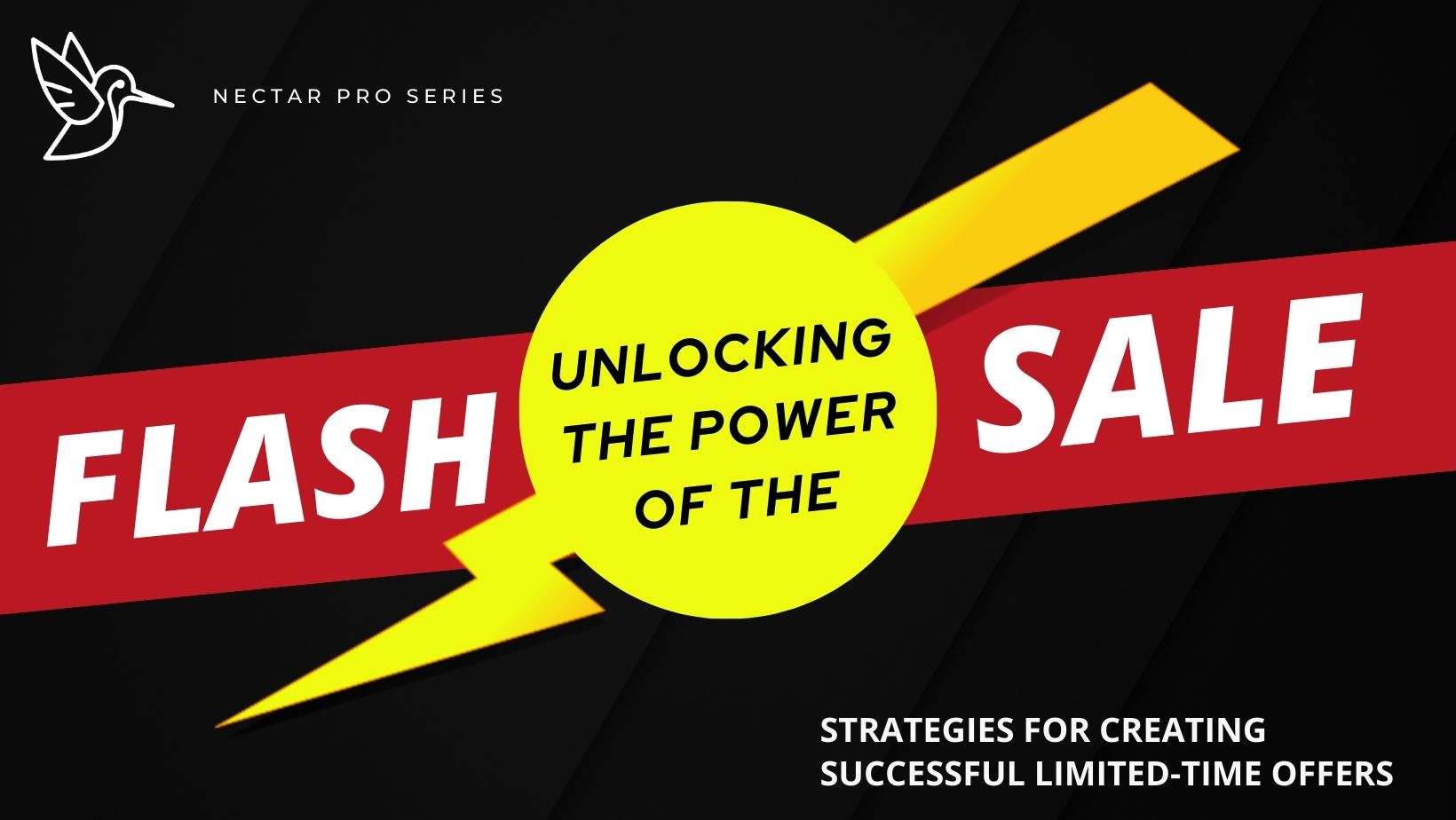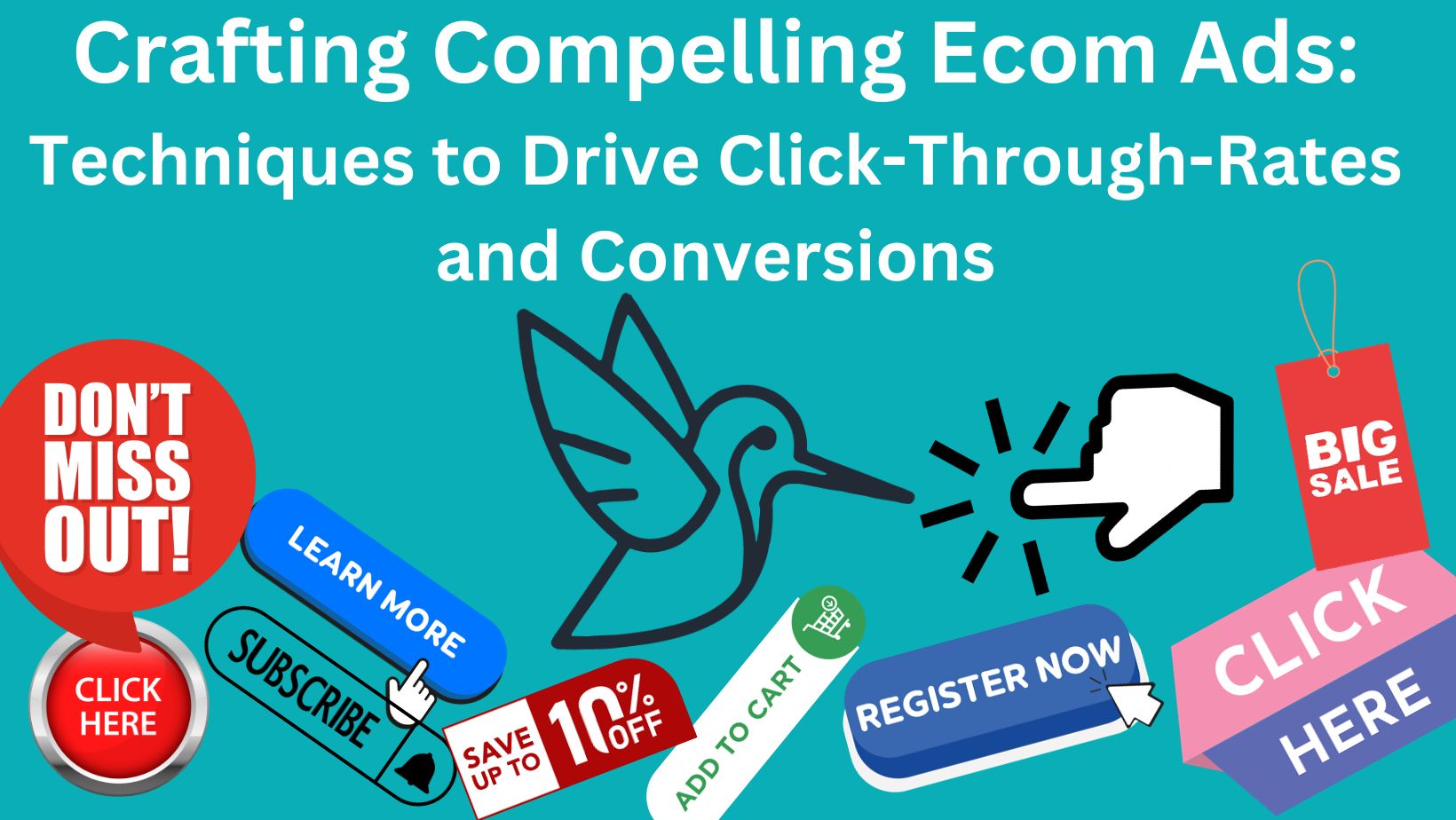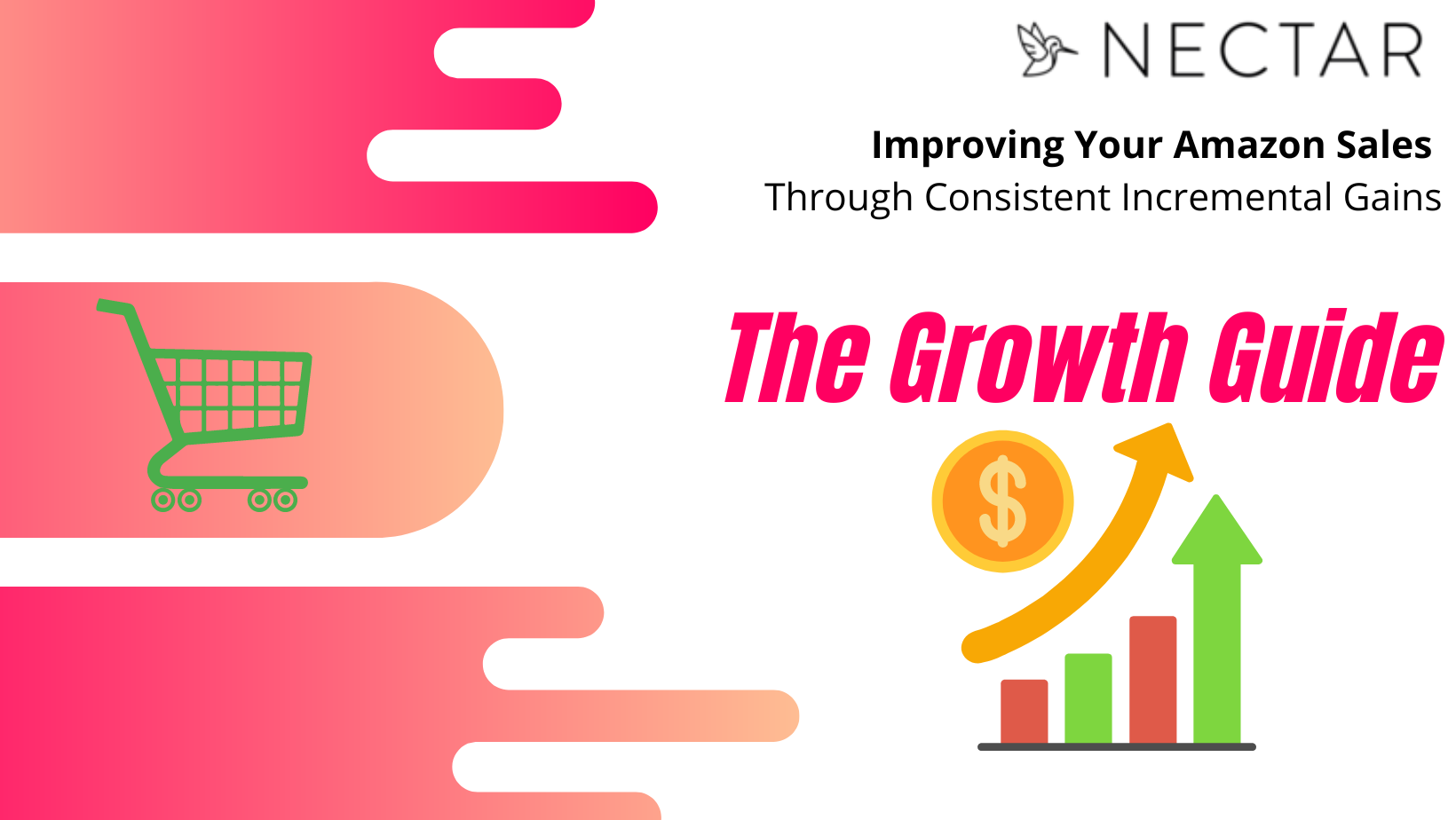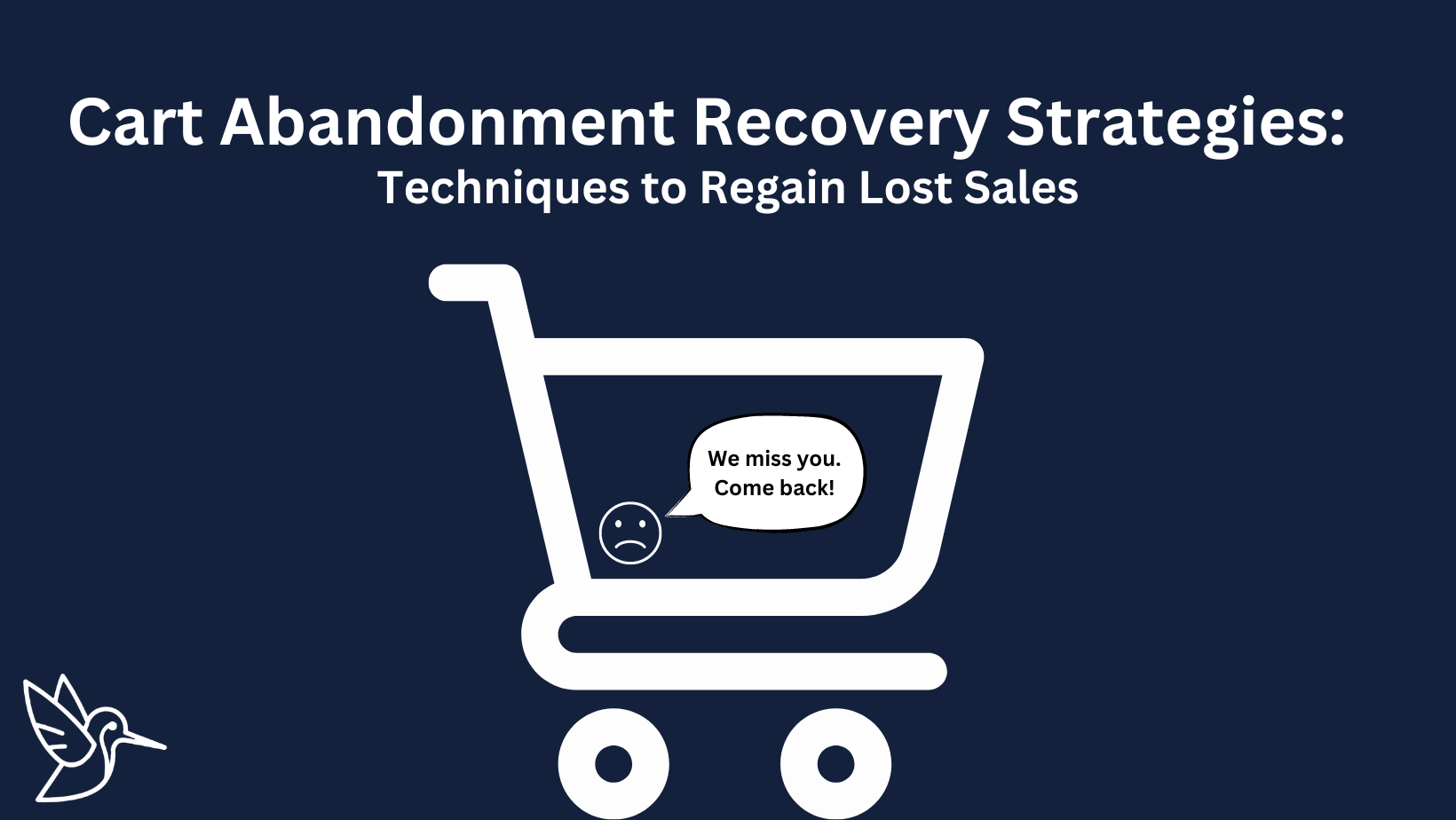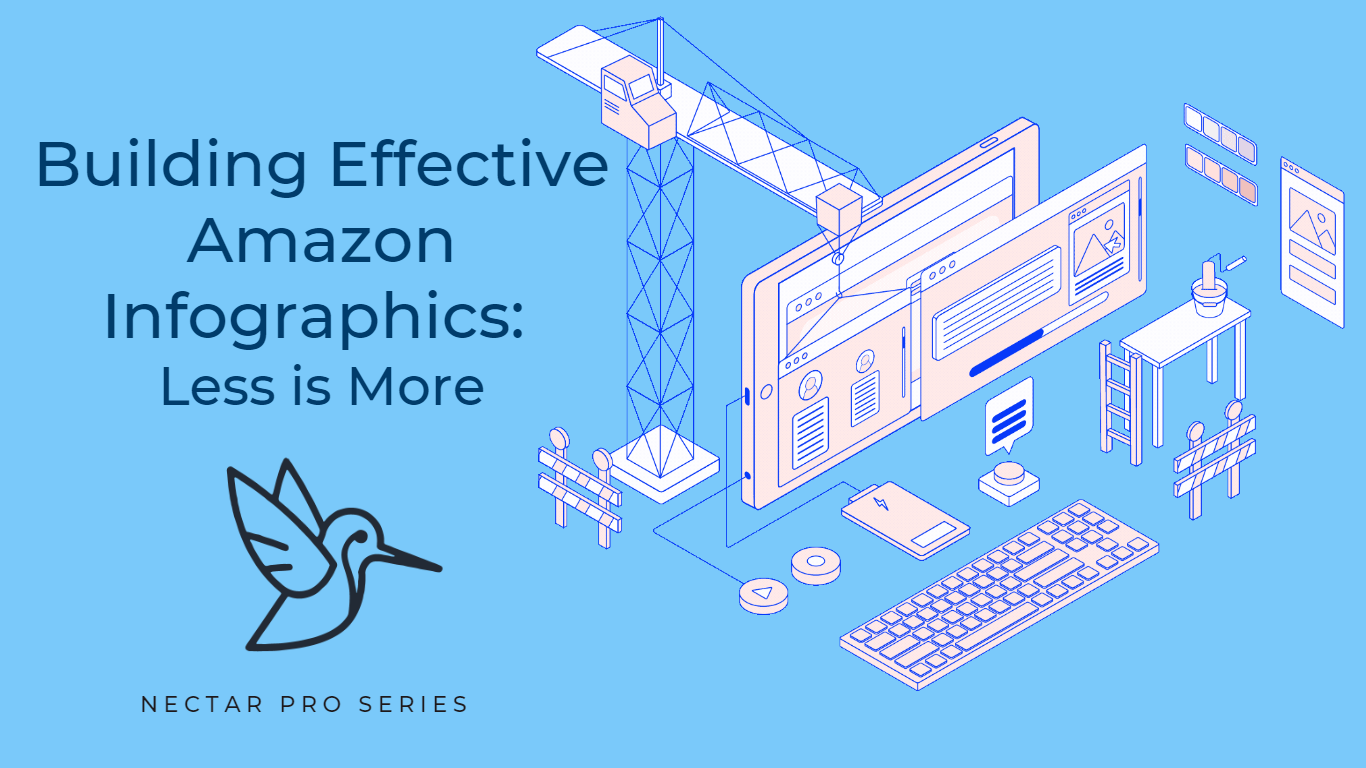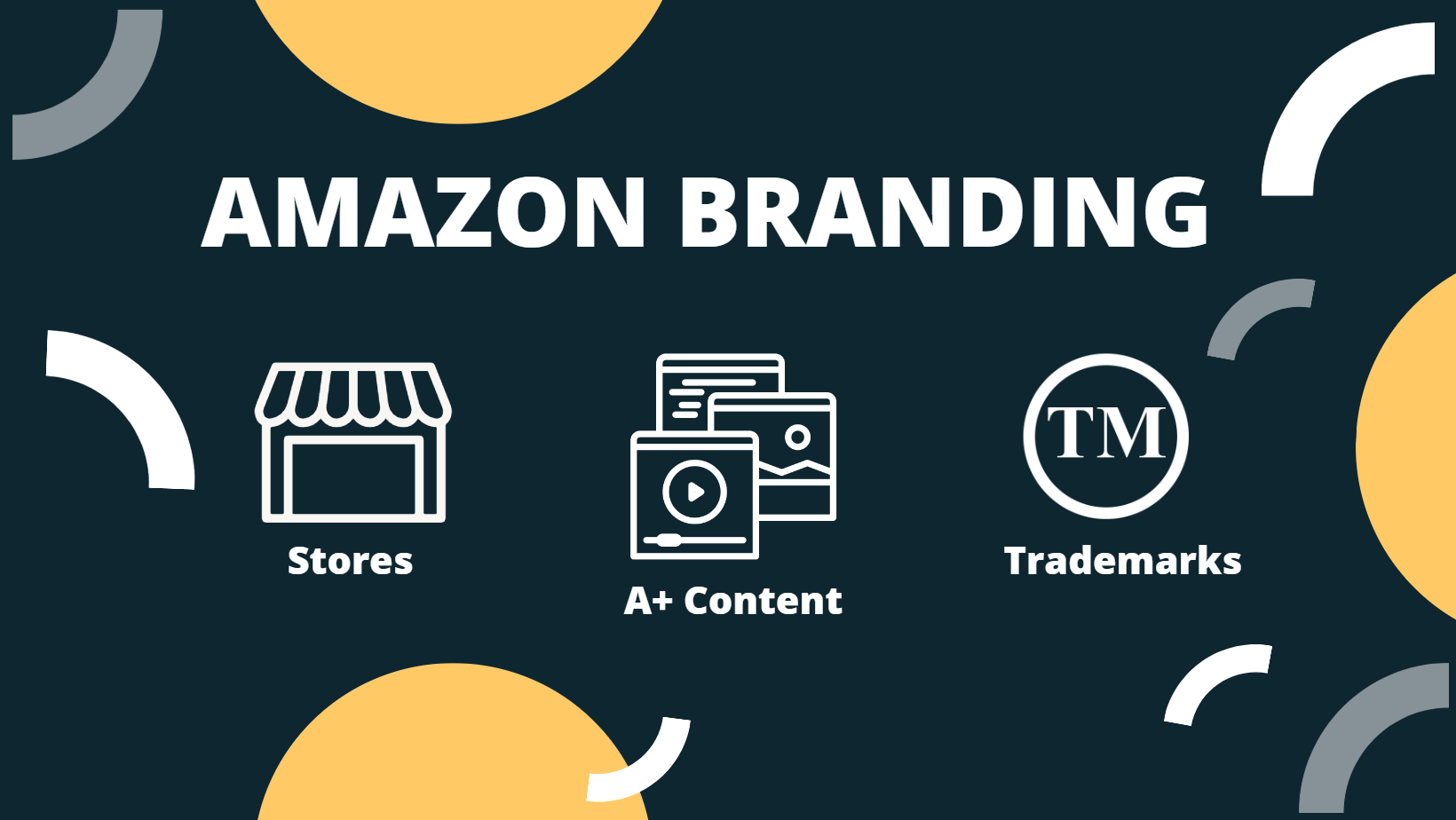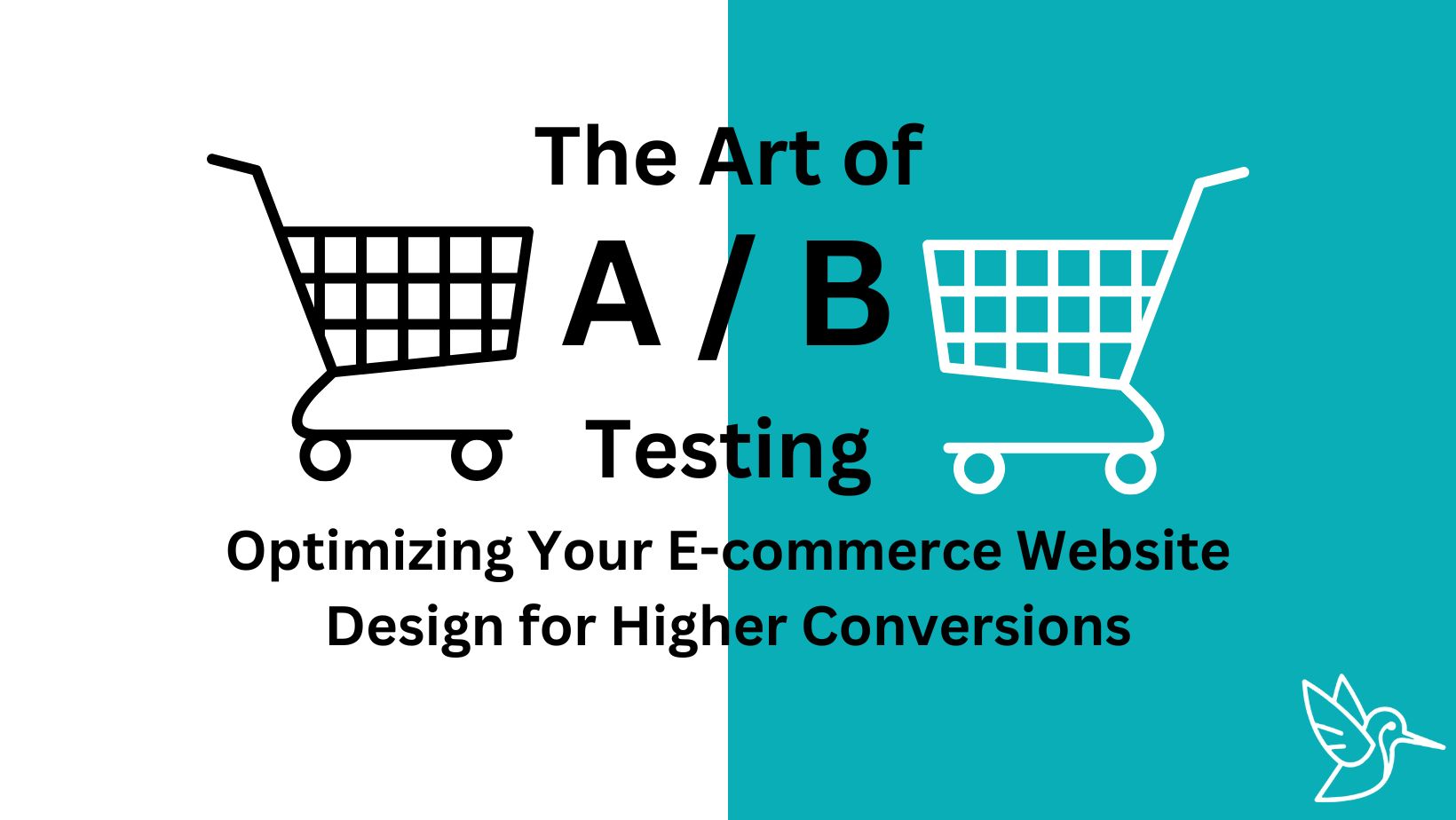Defining a great product is a simple task. Numbers don’t lie, if a product is making sales then who’s to deny that it’s a solid offering? The issue with that is it doesn’t tell the whole story. Yes, sales are the defining metric behind the success of a product but we’ve all seen plenty of products that failed to live up to their expected numbers.
When it comes to Amazon you have to be even more granular when evaluating the success of a product. Sales may be low, but on a platform that encompasses most of US e-commerce, you can’t write off low-selling products so quickly. Quality products do turn a profit on Amazon. If yours aren’t, then don’t start questioning the quality of your product. Instead, evaluate the quality of your listing.
Amazon is a vastly competitive landscape with an even more fluctuating system for promoting products. But that doesn’t mean there aren’t formulas to success. It all centers around your listing and how you’re positioning your products to drive conversions.
Have you optimized your listing to catalyze checkout decisions before shoppers can find an alternative offering? Is your account’s health slowing you down? And most importantly, do you understand what in-market shoppers are keeping an eye out for when it comes to your offerings?
It’s a time investment, one you can’t afford to skip out on. A lot of this starts with research and develops into strategic initiatives. It’s all measurable when done right which means it’s easy to adapt when you come up short as well. From your content, to how you run your account, it all matters; here’s what we know.
Content Strategy
You need to be precise about the content you feature on your details page. Customers are moving quickly and they’re only going to allow a limited amount of chances to be presented with the info they’re looking for. The average customer only reads about 20% of the copy on a product page. Meaning if you took any 20% chunk out of your copy do you think that slice of wording would fuel a purchase decision?
If this answer is no, you’re losing sales. Before that though, are you even sure what will fuel a purchase decision? Amazon is overwhelmed with consumers and they may not all correlate to your traditional customer demographic. That doesn’t mean they’re not interested in your products; they just may be viewing its value under a different light.
In a showroom, you have the ability to ask a customer directly what they’re looking for and why. You can evaluate this information and make your pitch accordingly. When it comes to ecommerce sales, this is not the case. Even more, Amazon doesn’t offer the advantages that your business’s ecommerce site does, allowing customers to quickly understand your authority on this market and why they should trust your products.
So how do you gather the same advantages of being able to strategically pitch your products to customers on Amazon? Research is the simple answer, though it’s no simple task to follow through on.
Customer Reviews
Reviews are gold on Amazon. They will crush you or they will fuel your success. But before you begin worrying about your own reviews, it’s important to evaluate the reviews of other offerings. If you know your top competition, start there, if not, type in some of those search terms you plan on targeting or search your product type and see who's at the top of the page.
Amazon rewards top-rated products, so see what some of the highlights are for those products. Great reviews are great sources for figuring out what in-market consumers are looking for most. Do they care about the capabilities? Are they just looking for the simplest to use option? Or at the end of the day is it all about how good it looks in their Instagram posts?
You can position your product around the superior benefits it offers based on these review statements. This means you won’t waste real estate talking about your beach bag’s fancy nylon material when all customers really care to know is whether it’s water-proof or not. On the flip side, you need to take the time to evaluate the negative reviews. If people keep pointing out how easy to break a product is on your competition’s page then maybe you want to take the time to address the durability of your own product.
Ultimately this research based strategy comes two-fold. It allows you to curate content without wasting space on anything consumers don’t care about so you can seize clicks and quickly drive conversions. On the other hand, it also prepares your future products for great reviews ahead of time.
Customer reviews are important to shoppers and Amazon knows that, not just rewarding high rated products with Amazon’s Choice selections but also rewarding them with the Buy Box. Failing to monitor your reviews and even resolving negative claims will eventually risk your eligibility as a featured product. Your customer review management will also help you keep your overall account health in good standing. It never hurts to consider working with a dedicated account manager to keep a watchful eye on it all.
Precision Titling
Now that you’ve put in the time to evaluate your competition and have gathered key insights, you’re ready to enhance your content for increased sales. This is important from the moment your product listings get published and becomes even more important if you’re already pairing them with Sponsored Campaigns. You don’t want to waste clicks, clicks are opportunities and we know you want to cash in on all of them.
First up is your title. The big “BUY ME” sign on the search results page. When it comes to product titles, relevance is key. Don’t stuff every search term you found on your teenage son’s google history just cause you’re targeting young males. As it’s been made clear, and cannot be overstated, in-market shoppers are short on patience and sometimes even shorter on understanding. Don’t confuse them with a noisy range of buzz words just cause you wanted as many high-ranking keywords as possible.
Narrow it down. Be specific and be clear. When someone reads your title does it address a need, does it eliminate confusion, and does it exemplify quality? Use your research, know what customers want and what they don’t care for. Quickly facilitate what the product is and its authority on providing the solution your customers need.
You may want to address what kind of users may be interested in your product. On the go professionals, endurance athletes, amateur musicians? These are great signifiers to start with. Then consider the solutions it offers. Easy to clean dishware, weather-resistant gym equipment; these eliminate common product quarrels.
These narrowed-down titles will help you index for relevant search terms and not waste clicks or drop your conversion rates. Strategy-based precision is the only way to approach any optimization efforts with your content, and that carries over to our next defining factor of product success.
Strategic Imagery
While it’s true most consumers don’t bother digging through all your copy, it was also proven in that same study that most consumers will take the time to inspect your images. Everyone's a visual learner and when it comes to making dollar decisions people don’t want to waste money on what their eyes can’t decipher.
This is one of the bigger opportunities when it comes to Amazon-specific strategies. Your images are a great tool that can be used to shape shoppers into satisfied customers. Looking back on your customer review strategies, you’re already aware of what you need for fully optimized imagery.
Use your research to understand what each graphic or photo needs to focus on. Don’t waste time trying to make sure the color pops and then forgetting to show off how easy to use your product is. People want to connect to your images, they want to see themselves in the images. Lifestyle photos are great connectors for people. Seeing other people happily using your product in some aspect of their routines will help them believe they can be that person as well.
Also, incorporate high-quality graphics into your image selection. Graphics can include copy and direct a viewer’s eyes to product benefits or display the superior qualities of your offering. Infographics are an efficient way to get across relevant product details as well, but again don’t waste space on info you can’t be sure your consumers are vested in. Other graphics to increase checkout speeds include comparison graphics. You’ve done the competitor research, you know how you stack up and what flaws to target so why wouldn’t you want to display that information in an easy-to-digest comparison chart?
Before even curating your first listing, you may want to draft up a detailed photo plan to make sure every aspect of your imagery is strategically evaluated. This plan can even include initiatives for A+ content and other design features you may seek to take advantage of. We always leverage the expertise of our design leads making sure they’ve put together a comprehensive strategy that can trickle throughout our partners’ content initiatives at every stage of their catalog.
Account Strategy
Preparing each individual listing is important because each listing will define your Amazon brand presence. This part is clear but can often be a pitfall for some sellers. Sometimes a seller can get so invested in the health of an individual listing they lose sight of their overall account health. This becomes a problem because Amazon is always monitoring your account health and if it’s in poor standing then you’re going to lose out on a lot of opportunities that translate directly into profits.
Before you hit the floor running you have to be prepared to position your Amazon account for a healthy life cycle. It may not be clear but there are a multitude of factors that can affect your catalog optimization if you’re not watching them. Amazon will penalize you for curveballs that you had never heard about and then you’ll be stuck trying to figure out the issue when you could be developing profit-driving business solutions.
Account management is major in making sure your listings are ready to succeed and we’ve got you covered with what to watch for in our continued list of success defining product factors.
Inventory Management
This is one of those not so always clear metrics that Amazon keeps a constant eye on, and for good reason. There are many variables that play into this, such as Amazon not wanting their fulfillment centers to be filled with products that won’t move or even just making sure your product is actually desired on their platform. Having too much stock will have Amazon questioning your standing as a seller, and having too little stock will cause them to not want to promote your offerings.
It’s a tricky balance but with a watchful eye it’s nothing too overbearing. You’re going to need to understand your product and the volume of sales you’re targeting. Generally being somewhere around 30 days of available stock is what you want to aim for, whatever that means for your product will vary. Of course if your product isn’t selling then Amazon won't want to see you increasing your stock so consistent sales are vital.
If your Amazon Inventory Performing Index (IPI) falls into poor standing you can receive storage limits and be hit with long-term storage fees, ultimately costing you both money and opportunities to push more sales. It’s even been shown that bad inventory management can negatively impact your offering’s search rankings.
Proper stock management goes as far as forecasting your inventory months in advance, optimizing shipment sizes, and can be a round-the-clock duty. Your account manager is not going to want to neglect this task though, even in the early stages of your Amazon business, because it can start you off with real poor positioning.
Price Wars
Pricing is an obvious factor to consider no matter where you’re putting out product. But when it comes to Amazon, there needs to be a higher degree of awareness. Firstly, ironing out your pricing throughout your entire catalog will garner you a huge edge with establishing your business as a trusted seller on Amazon. Focusing on just individual listing pricing plans will help but a cohesive strategy from day one will get you featured much more frequently.
Amazon obviously cares about offering consumers the best prices which is why when it comes to optimizing your product, unfair pricing will be a huge hit in the long run. Evaluate your costs, determine what it takes for a desirable ROI, and check out the competition. These are the obvious first steps. Another necessary step most new sellers tend to neglect is reviewing pricing on third-party sites.
It’s been shown that Amazon doesn’t just scour its own platform when it comes to price evaluation but will go cross-channel to truly determine how fair your pricing is. That means tacking on an extra 30% onto your Amazon listings but leaving your google marketplace at the original price may hurt you. This applies to your competition as well. If they’re out pricing you at Walmart that may slow down your optimization efforts.
It’s not the end all be all, more costly products beat out cheaper options every day, but you don’t want to neglect the time it takes to properly research. Doing so will result in a negative impact curveball that’ll leave you playing catch up in the long run.
Catalog Strategy
One final strategy to keep in mind is your catalog cohesiveness. Maybe you only have one quality product to begin your Amazon journey with but if you ever plan on expanding the offering list you’re going to want to be ready.
Just like the showroom example from before, you don’t have the advantage of simply being able to direct customers to other relevant products if they're satisfied with their initial purchase. There are still ways to capitalize though.
If you’re putting in the investment upfront, you can position your overall catalog to flow as a unit. Maybe a customer is pleased to find the initial product they were looking for with your listing. Your name is in the Buy Box and they’re interested to see what else you have to offer. How ready are you for these up-selling and cross-selling opportunities?
Plan ahead. Which offerings can you bring to your Amazon business to compliment each other. Are you ready to offer virtual bundles to in-market shoppers and drive up average sales order numbers? Our strategy involves identifying key product bundles that provide a great package for interested consumers. Again, your research can help you prepare for this, understanding what consumers are looking to add to their daily lives will help you see a full picture of how your entire catalog can benefit them.
Curating content features like Brand Stores can be a major opportunity to bundle a cohesive package of products together as well. Sponsored Brands also will shine light on your catalog to bring consumers in for multi product purchases. All these tools, when complimented with strategic focus, will have you pushing out more products per purchase and consistently driving growth.
Discover the Fully-Managed Difference
If you’re not aware by now, here at Nectar we believe in full-service business solutions when it comes to Amazon success. We don’t seek short term goals or quick wins, our partners are here to conquer Amazon and dominate their market. We implement strategies at every level of Amazon business to make sure we’re driving profits from every aspect of our partners’ accounts.
Our strategies and methodologies have already been worked out to maximize profits and increase growth no matter what stage your Amazon brand is at. We do more than just offer consulting guidance or advice. We dig into the dirty work and do the heavy lifting needed to help your Amazon business rise to the top.
Ready to find out more about how Nectar can increase your Amazon profits? Just take a minute to fill out our. We look forward to connecting!







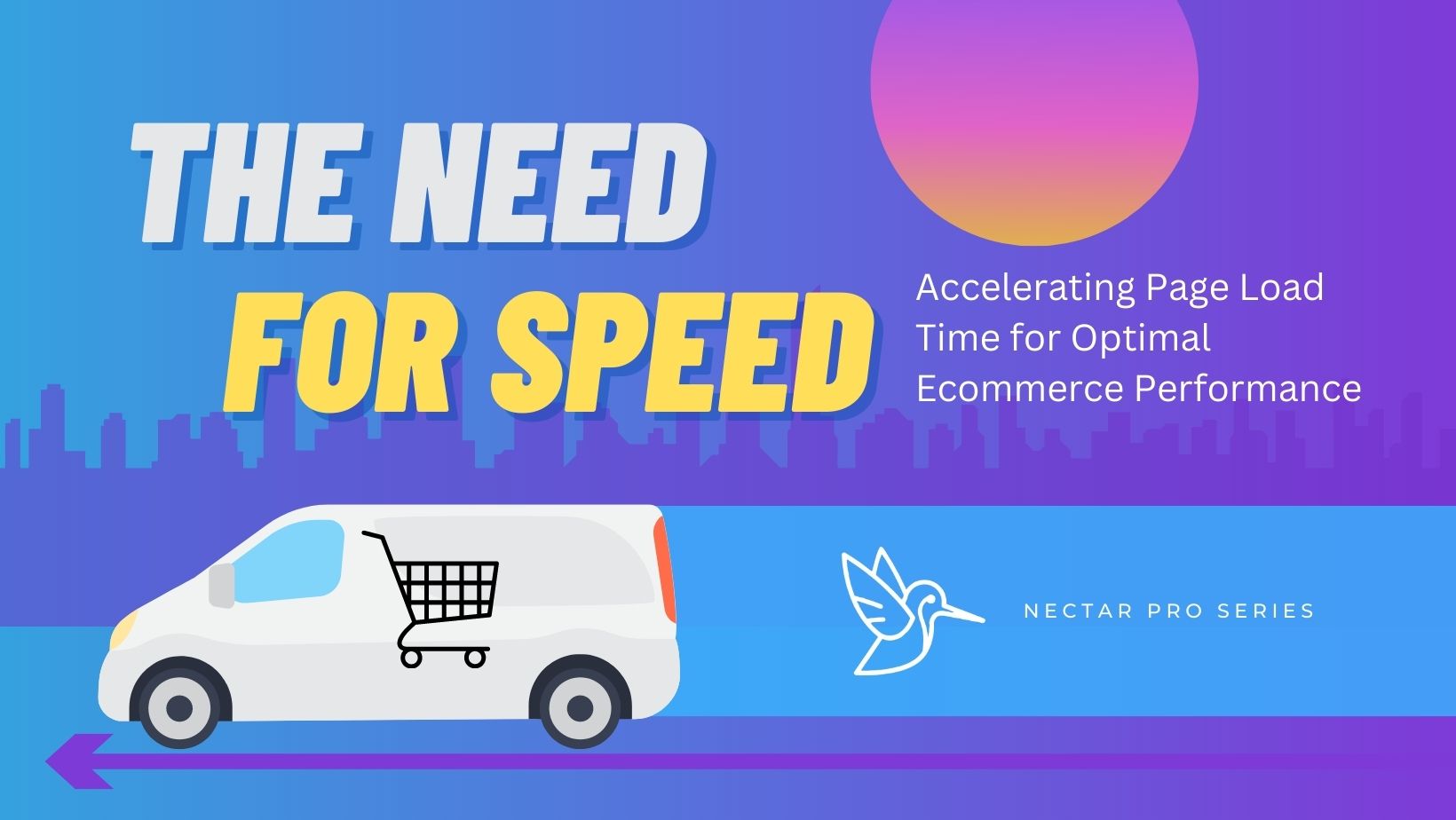
%2520(1).jpeg)
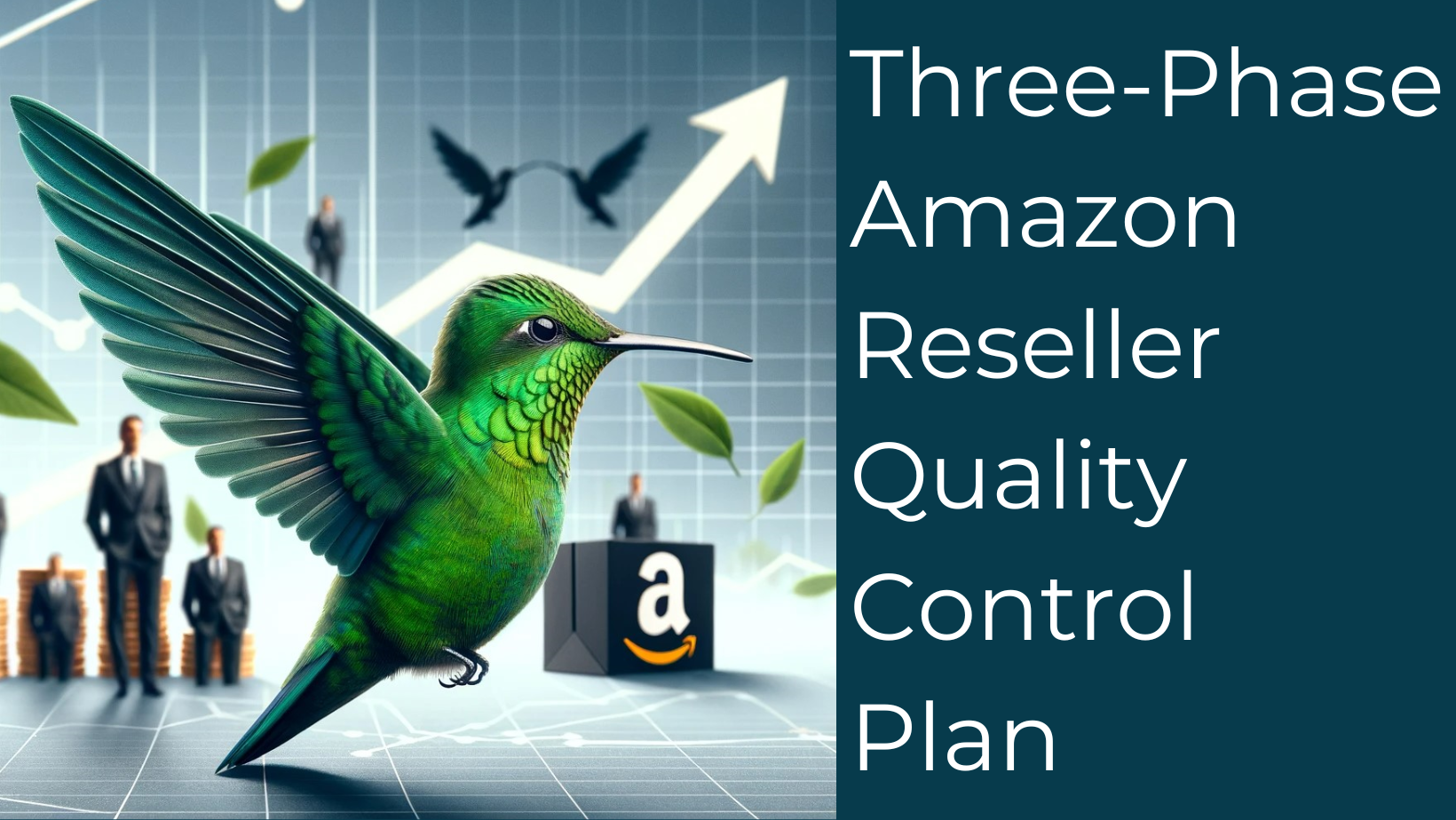





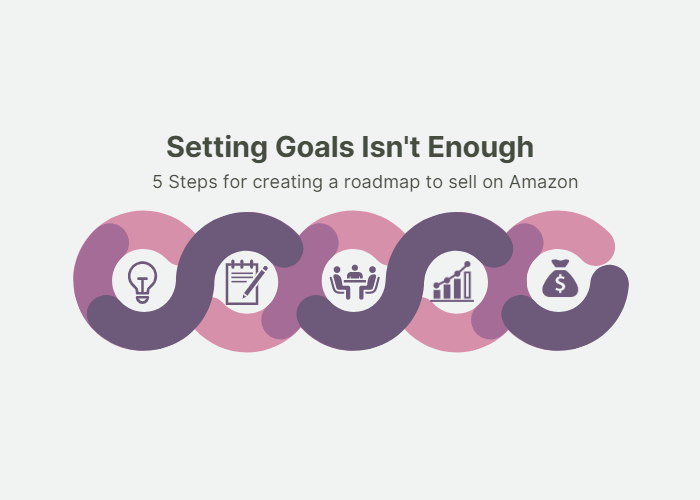


.png)

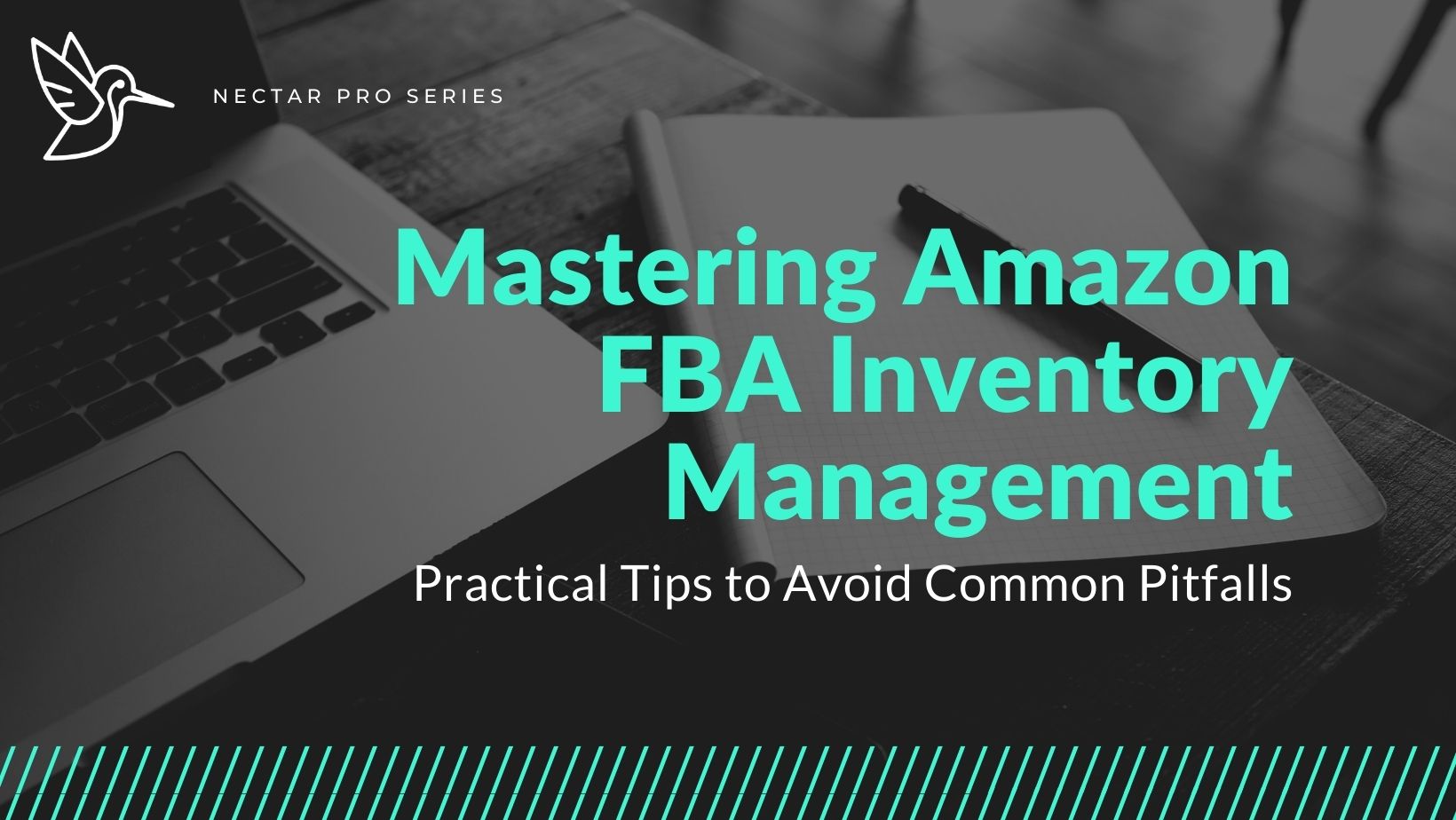
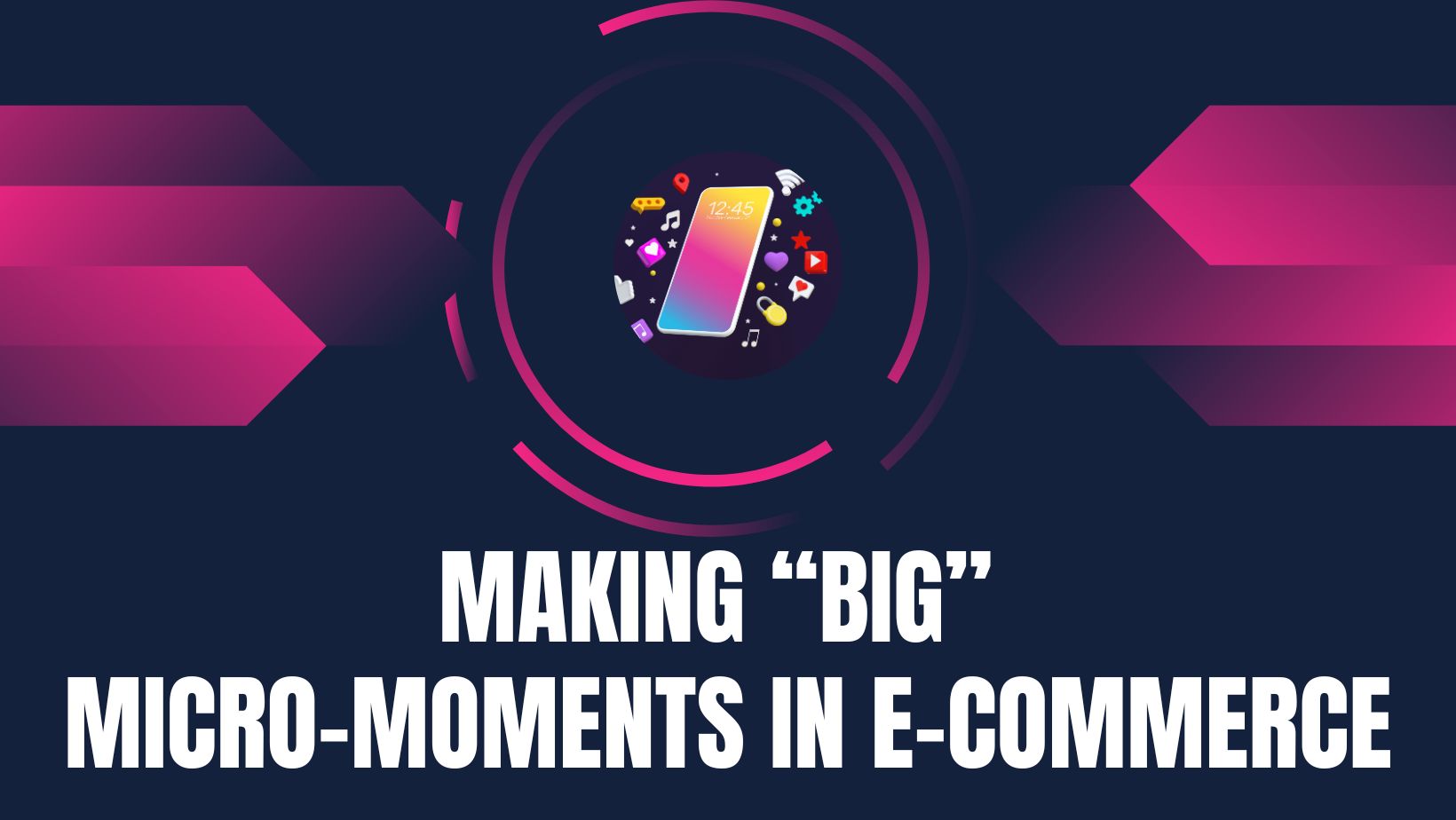
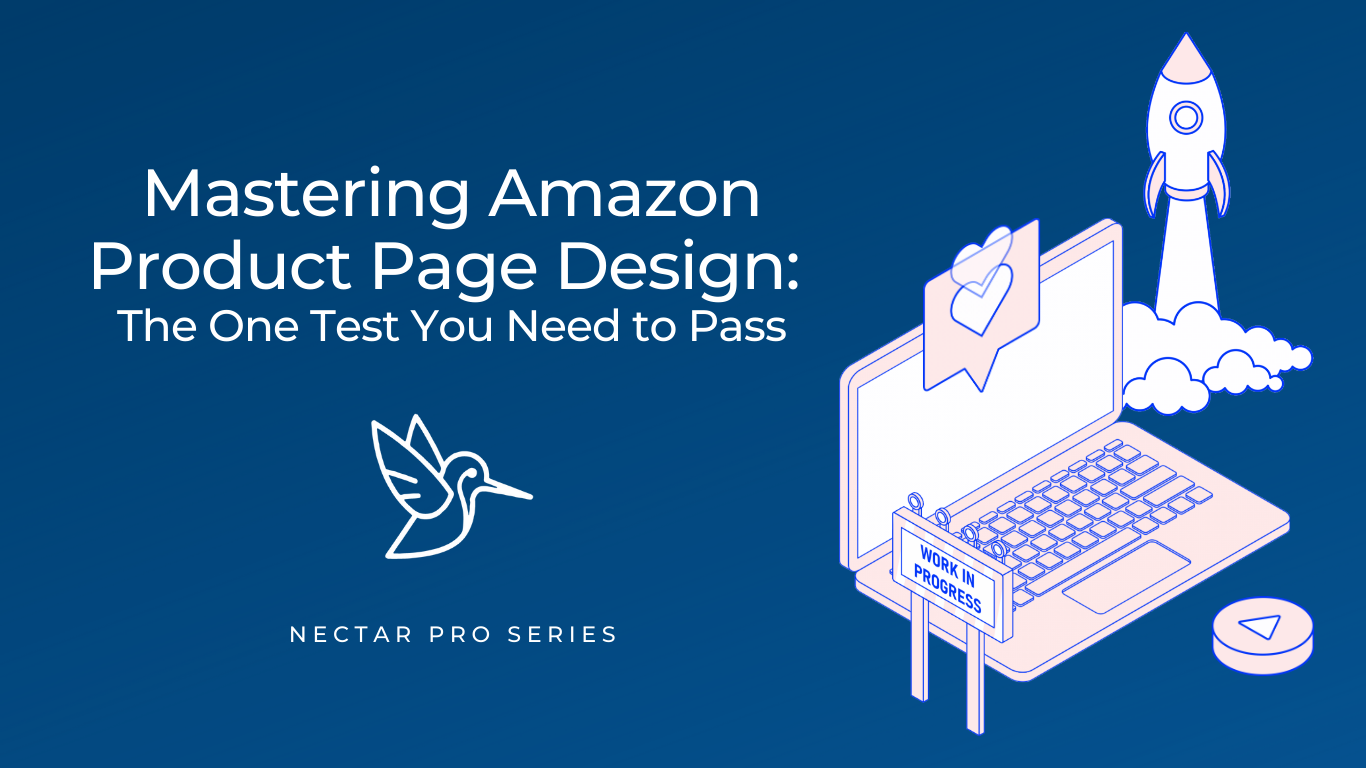

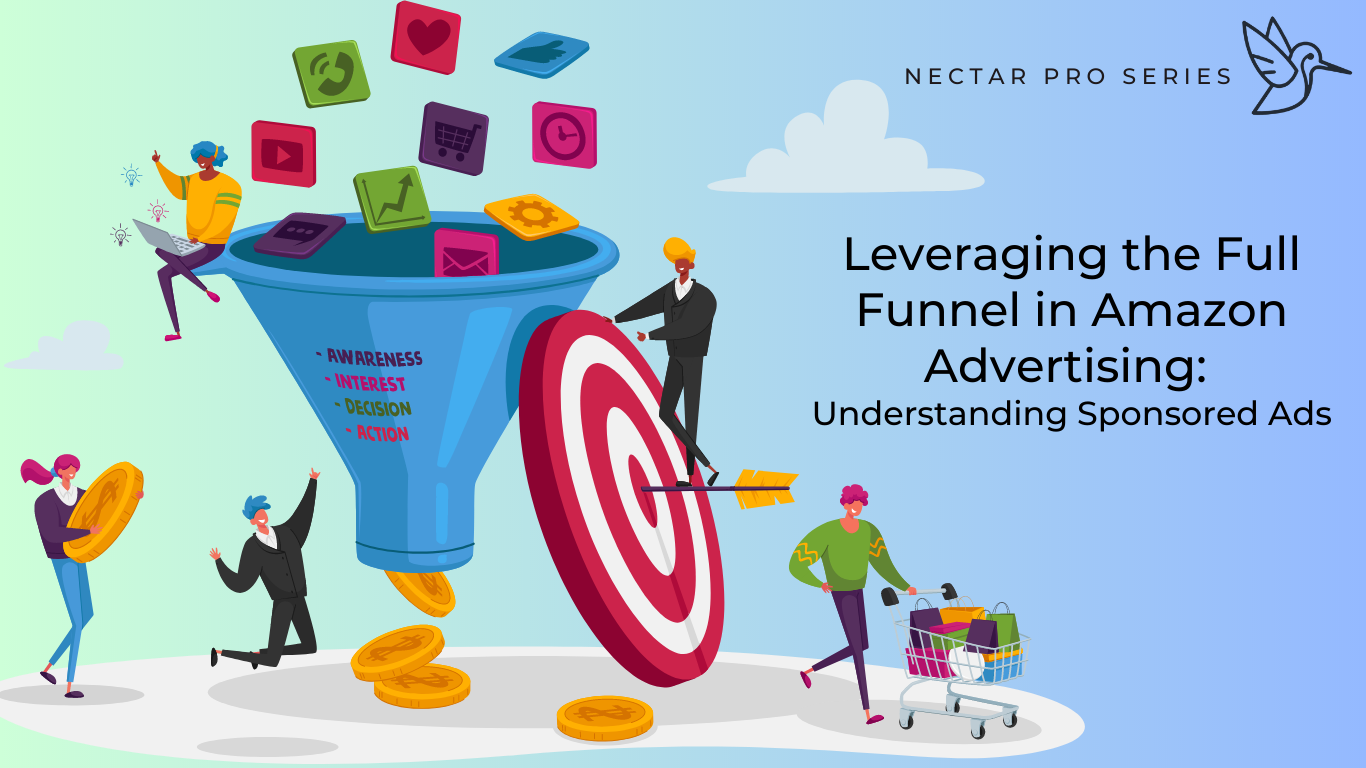
.png)




